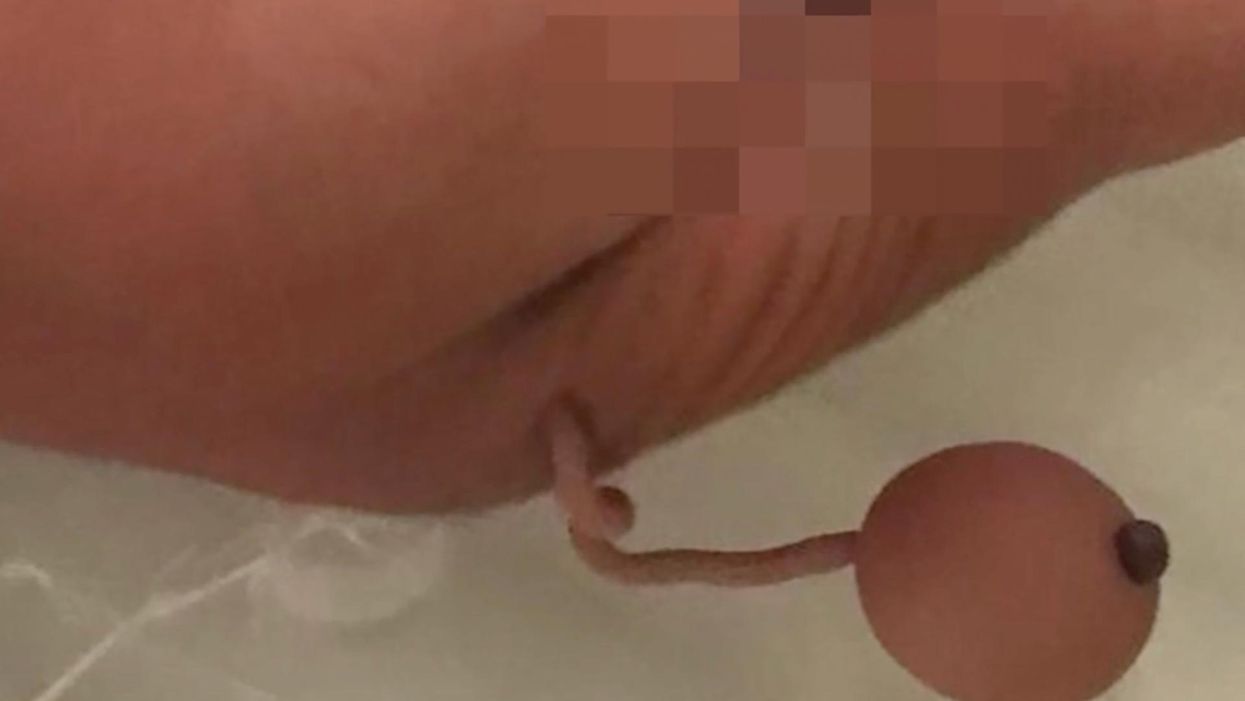
Image source: New York Post video screenshot

A Brazilian baby boy had a successful surgery to remove a real-life tail from his backside, according to a recent case study published in the Journal of Pediatric Case Surgery Reports.
An unnamed Brazilian infant recently had a tail removed via surgery after becoming one of a very small group of children to be born with a true human tail.
The tail, which doctors described as a "ball and chain" shape, was a "rare congenital anomaly."
According to the case study, the child's tail began forming in utero — like all babies. Unlike most babies whose bodies absorb the tail to in order form the tailbone, the Brazilian baby's tail continued to grow.
When he was born at 35 weeks' gestation, doctors discovered that he had a 6-inch tail with a 1.5-inch "ball" hanging from the tail's tip.
The study, which reported that the child's tail was made up of just skin tissue and fat, noted that the infant was one of less than 40 documented cases in modern history of children who were born with tails.
Surgeons were able to remove the child's tail without complications, and the boy is reported to have recovered following the operation.
The study's abstract reads:
Human tails are rare congenital anomalies and describe protrusions located around the midline of the lumbosacral region covered by skin, representing an embryonic trace. These lumbosacral skin appendages are often associated with hidden spinal dysraphism and other malformations such as lipoma and anchored cord syndrome. They are classified into real tails or pseudo-tails. In this article, we report the case of a newborn male with the presence of a cutaneous appendix of approximately 12 cm in the left paravertebral lumbosacral region. Due to their common ectodermal origin, lumbosacral cutaneous appendages and other skin lesions are an important indication of nervous system involvement, and a comprehensive investigation with imaging exams is essential for a therapeutic approach and adequate follow-up, reducing the risk of progressive neurological sequelae. After an investigation that did not show any associated nerve alteration, the lesion was resected uneventfully.